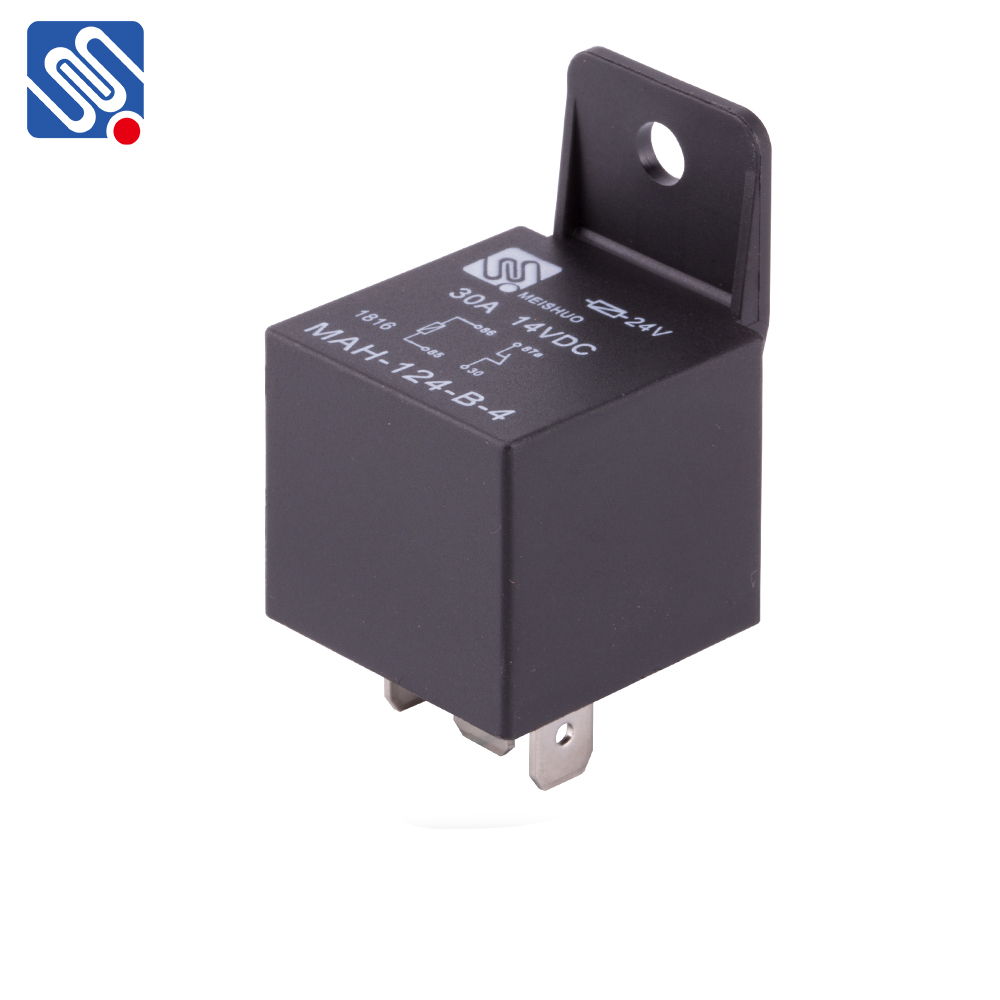Relay 24V is a versatile and essential component widely used in various applications, including industrial automation, automotive systems, and home appliances. These electromechanical devices are designed to control the flow of electricity in a circuit by utilizing a low-power input signal to activate a high-power output. In this article, we will explore the working principle, types, and applications of 24V relays, highlighting their significance in both simple and complex electrical systems.

What is a Relay 24V? A relay is an electrically operated switch that opens or closes a circuit when an electrical current flows through its coil. When it comes to the 24V version, the relay operates on a 24V input signal, either in direct current (DC) or alternating current (AC). The primary purpose of a relay is to control a large current using a much smaller control signal, making it ideal for automation systems and other electronic circuits that require precise control of electrical components. Working Principle of Relay 24V The working principle of a relay is based on the interaction between an electromagnetic coil and a set of switch contacts. When a current flows through the coil, it generates a magnetic field that either attracts or repels a movable armature, causing the switch contacts to either close or open. The switch contacts control the flow of electricity in the circuit, allowing the relay to act as a controlled switch.